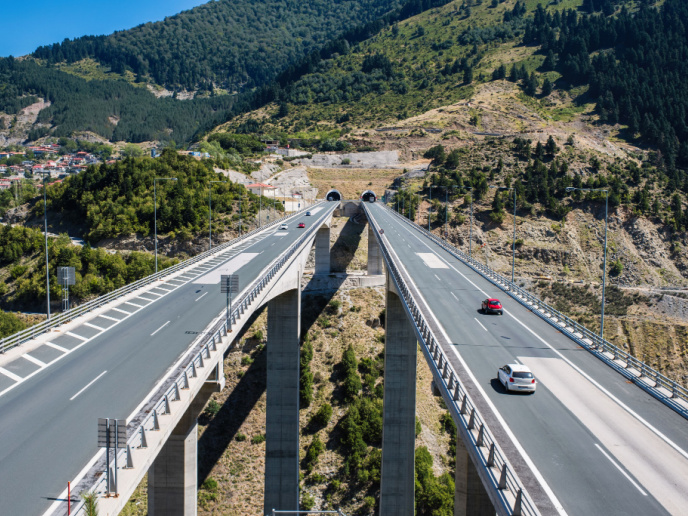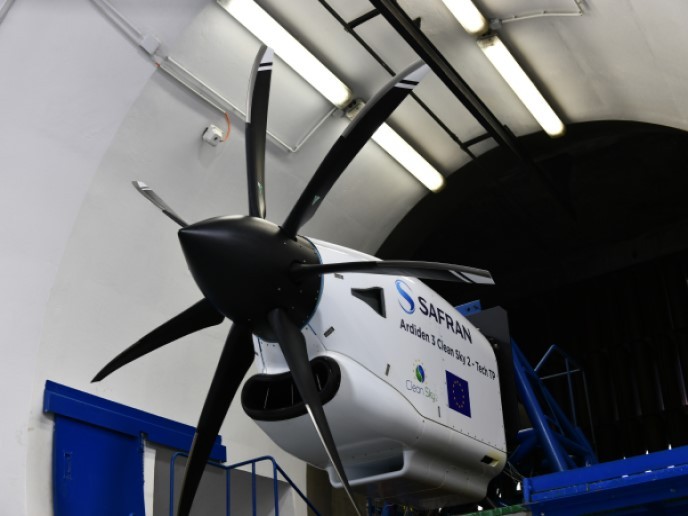Increased road resilience to climate change
One of the greatest challenges facing transport operators and engineers is the safe management and maintenance of motorways and the overall road infrastructure (RI) network. Additionally, effective inspections and repairs must be conducted quickly and efficiently to ensure minimum disruption. Factors like ageing, extreme weather conditions, increased traffic flow, changes in use, and poor maintenance and deferred repairs cause the RI to progressively deteriorate. The need to conduct inspections and implement repair work to the RI therefore grows increasingly urgent as it becomes more vulnerable to damage. The EU-funded PANOPTIS project addressed these challenges using existing tools and services like climate models, modelling of extreme weather events and their impacts, early warning systems, and environmental sensors. Researchers also employed terrestrial vehicles and drones for RI inspection. In addition, detailed asset mapping was carried out over a wide area using state-of-the-art mobile mapping integrated with drone technology.
Improved recovery from damage
The goal was to develop an integrated decision support system for increasing RI resilience based on terrestrial and airborne sensors and advanced modelling tools. The system can then provide reliable measurements of climate, hydrological and atmospheric stressors, and multi-hazard models, and improve predictions of structural and geotechnical safety risks. Development of a forecasting module enabled tailored high-resolution weather and precipitation forecasts to be provided. “Risk alerts based on current conditions and forecasts enable decision makers to prepare an adapted response,” says project coordinator Phillipe Chrobocinski. “It also provides alerts on accidents and their possible consequences to mitigate the effect as quickly as possible,” he adds. Project partners employed advanced machine learning and data fusion techniques to develop an integrated platform that can be applied to RI to aid understanding of multi-hazard risks and support better prevention and preparedness. This new integrated system can support both operational and strategic decisions by enabling the RI to recover from damage more effectively, thereby increasing the resilience of road and transport infrastructure. Researchers also exploited existing sensors installed at demonstration sites in Greece and Spain and added new low-cost unmanned weather stations for measuring microclimate conditions like wind speed, air humidity, temperature and soil moisture content. They also employed smart tags for monitoring vibrations, and fog detection systems.
Field-tested under extreme conditions
A section of the A2 motorway in Spain that connects Madrid and Guadalajara was chosen as the first test site. This area is subject to weather-related events that have already caused significant damage, such as a bridge collapsing because of flooding. The second test site was a section of the Egnatia Odos motorway in Northern Greece. The location was selected due to the exposure of structures like bridges and embankments to seismic events and high levels of precipitation, which can lead to ground settlement, landslides, and rock falls. PANOPTIS unique components for modelling hazards and for precise predictions over very small areas are the first ever developed at such a high level. The risk modelling combines environmental data, like ground and hydrology data, with the best vulnerability models to support more effective management of the RI at the planning, maintenance and operational level. “The system can be used on a day-to-day basis, to react to accidents and natural disasters by quick deployment of drones or in inspection mode for more long-term maintenance,” Chrobocinski concludes.
Keywords
PANOPTIS, road, resilience, infrastructure, transport, climate change, decision support system







